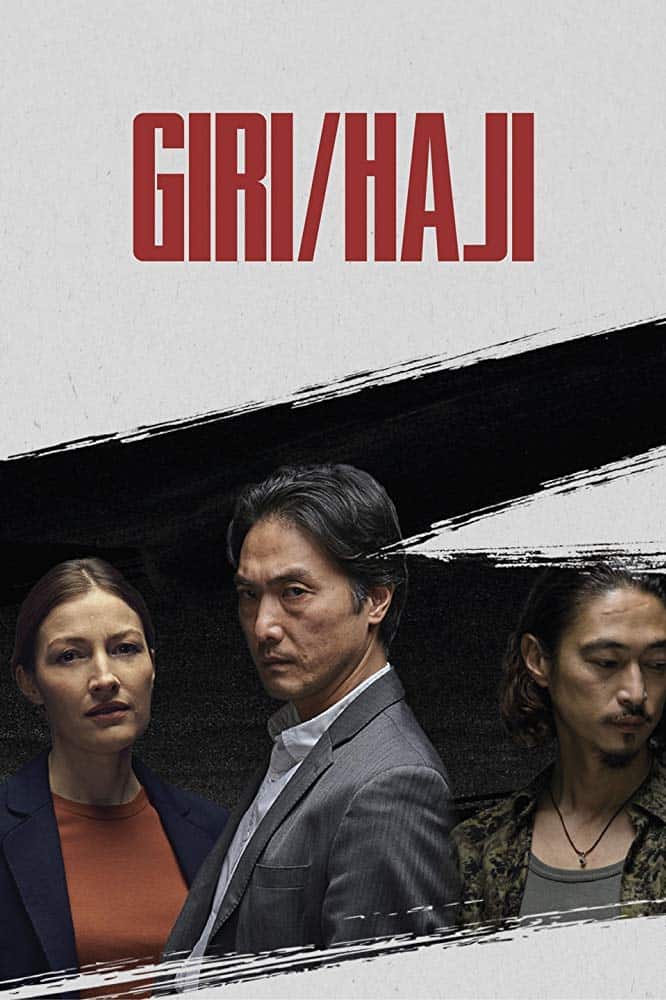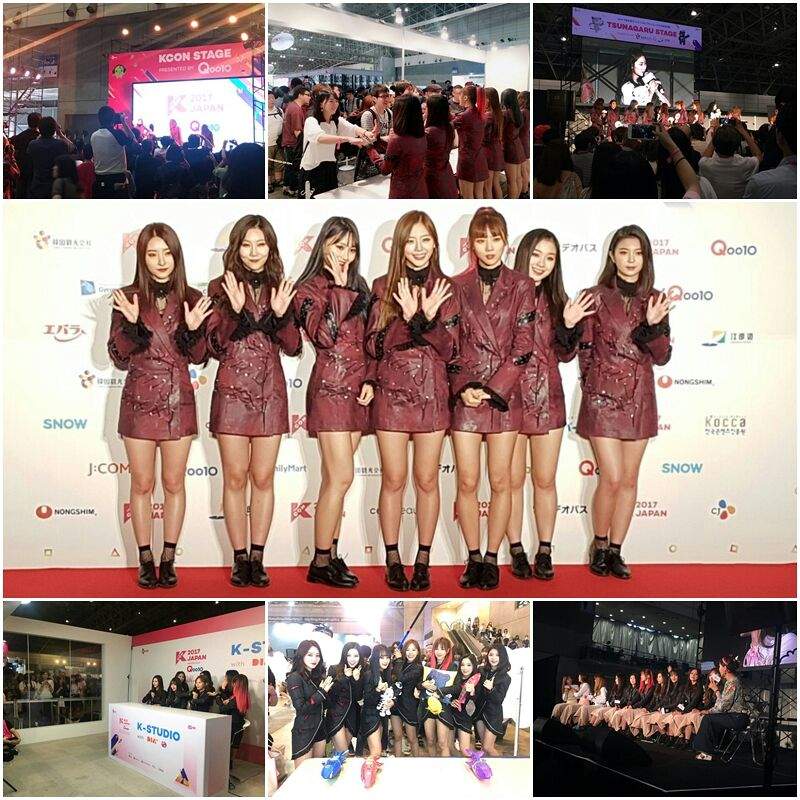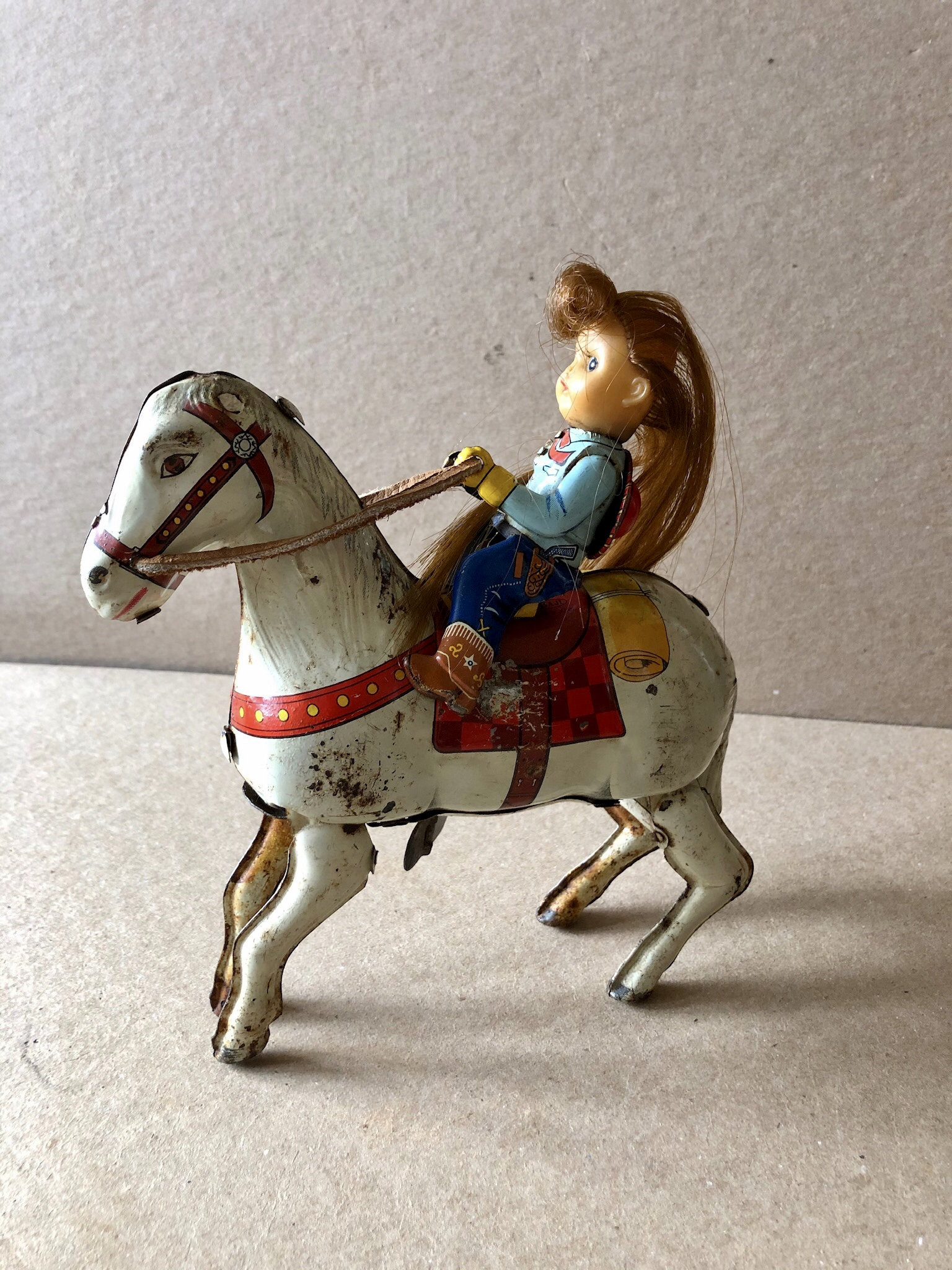

Moko experienced difficulty acquiring passports for the group, and after writing to the native minister, Gordon Coates, was informed that the costs of fares and accommodation would have to be deposited in advance with the Department of Internal Affairs. The party of 23 men and 16 women included Moko and his wife, Waiaria, who, with Te Urumanaao, wife of Tahupotiki Ratana, and Ripeka, wife of Tokouru Ratana, was in charge of the younger women. In March 1924 Moko organised Ratana’s world tour, which was intended to bring the Mangai’s enlightenment and the Treaty of Waitangi to the British Empire Exhibition at Wembley and to the wider world. Late in 1921 Moko rather than Ratana announced to the press that all practising tohunga had been invited to Ratana’s Christmas Day hui, when he intended to abolish all such practices and end ‘pagan doctrines’ among Maori. Moko’s answers were looked over and signed by the Mangai. He answered the hundreds of letters that poured into Ratana pa, especially following the cure by letter of Fanny Lammas in March 1921. Moko was usually described as Ratana’s secretary or executive officer. Since the Mangai kept himself apart, impressions of him obtained by reporters and the curious were those given by Moko. If Ratana was the mouthpiece (Mangai) of God, Moko was the mouthpiece of Ratana to the English-speaking world. He was invalided home and discharged in 1916.Ībout 1920 Moko was converted by Tahupotiki Wiremu Ratana to his movement, and for over a decade was never far from Ratana’s side. Moko served in Egypt and Europe, rising to the rank of sergeant major. In 1915, when he enlisted as a soldier in the First World War, he was a self-employed commission agent in Taihape. On 24 August 1912, in Wanganui, he married Roka Waiaria Tihema of the Whanganui tribes and Ngati Tama hapu of Ngati Tuwharetoa. He later worked as a land agent in Rotorua. Pita Moko attended Rotorua School and then St Stephen’s Native Boys’ School at Parnell, Auckland, becoming fluent in English as well as Maori. He was principally of Ngati Whakaue of Te Arawa, although he was also connected to Ngati Rangiwewehi and Ngai Te Rangi. In the photo below, I put pickled cucumber which is one of the typical Japanese dishes into the beautiful Hagi ware.Pita Te Turuki Tamati Moko was born at Rotorua on, the son of Tamati Moko and his wife, Rawinia Te Whau Wharetutu. The longer you use the Hagi pottery, the more seeps of the tea into the craze that alters the color of your pottery which becomes your original color of the Hagi ware one day.Īlso, I sometimes use my Hagi pottery as a little bowl for my meal.

HAHI JAPAN CRACK
One characteristic of Hagi-yaki is that it has a fine crack of glaze called “Craze” on the surface of pottery. Drinking green tea with Hagi-yaki pottery What is attractive about Hagi-yaki? In later years, these potteries were called “Matsumoto ware” and “Fukagawa ware” which then became “Hagi ware” in the Meiji era (1868 – 1912). In 1657, Rishakkou’s descents opened the new porcelain in Fukagawa village, Nagato city, while Rikei’s family continued making potteries in Matsumoto village. In 1604, Terumoto Mori, a Japanese daimyo, opened the Mori clan’s porcelain kiln in Matsumoto village, Hagi city and have the potters make their own pottery. Hagi ware first started being made by Korean potters called Rishakkou and Rikei (they were brothers) under the protection of Mori family. which are still well-known products of each region. These Korean potters, under the protection of Daimyo started making Fukuoka’s Agano ware and Takatori ware, Saga’s Arita ware, Kagoshima’s Satsuma ware, etc. powerful Japanese feudal lords) to bring back Korean potters to Japan. During the Sengoku era, tea ceremony had become a huge trend which led a lot of Daimyo (i.e.

The origin of Hagi-yaki goes back to the Sengoku era (15th – 16th century) when Hideyoshi Toyotomi, a Japanese daimyo and politician at the time, sent his troops to Korea. Since the old days, Hagi ware has been loved by a master of tea ceremony along with Kyoto’s Raku ware and Saga’s Karatsu ware. If you search “Hagi-yaki” on internet, you could find a lot of pictures and explanation of it so I would pass on those in this article but would like to touch on the origin of Hagi ware. According to Wikipedia, Hagi ware (“Hagi-yaki”) is a type of Japanese pottery traditionally originated from the town of Hagi, Yamaguchi, in the former Nagto Province.



 0 kommentar(er)
0 kommentar(er)
